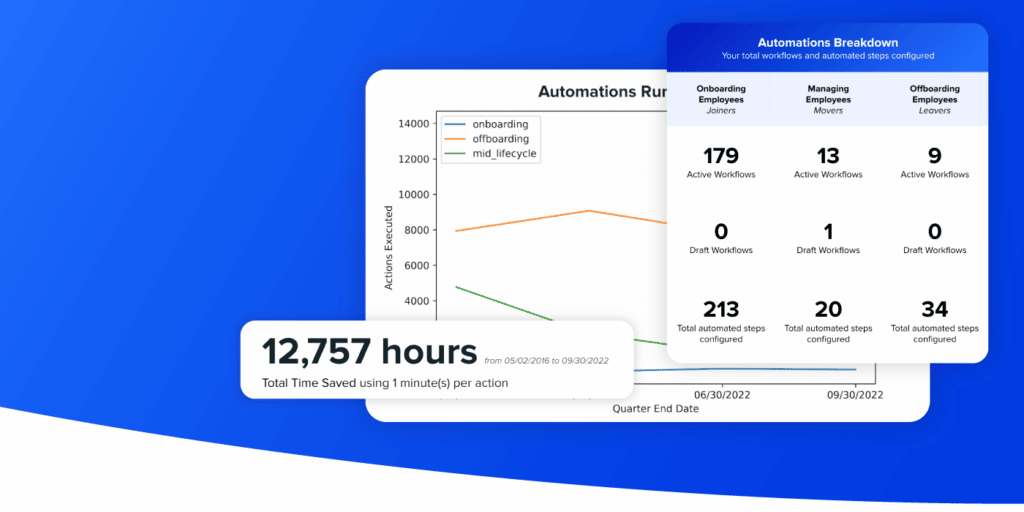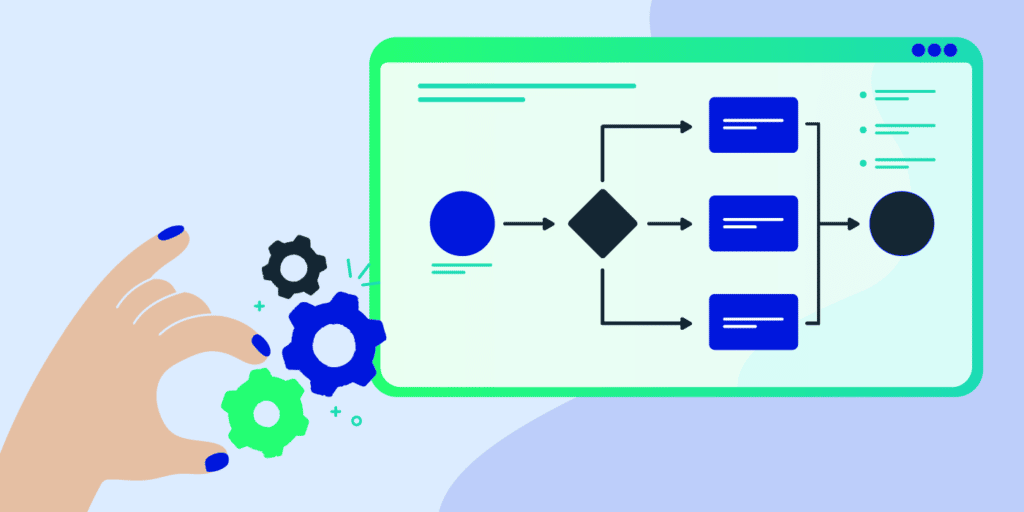2020 SaaSOps Buyer’s Guide: How to Choose the Right SaaSOps Solution for Your Organization
March 24, 2020
4 minute read

Today, IT teams’ focus is on getting work from home situations set up and running. Once employees are able to be productive and we all settle into work from home as the new normal, you need to think about building a foundation for SaaS management and security that will last for years to come.
As the leader in SaaSOps, we created the 2020 SaaSOps Buyer’s Guide to help you understand how a SaaSOps tool is the perfect complement to your new environment and what to consider when purchasing a SaaSOps solution. This guide also helps you better understand the value a SaaSOps solution adds to your current technology stack and how to build a business case for a solution.
In this post, we’ll recap the main points. To download the full guide, click here.
Why existing tools are not enough
Finding individual mechanisms to manage SaaS users, find sensitive data, or take action in SaaS apps is relatively simple. However, collecting all of the relevant SaaS data, turning it into operational context, and pairing it with a complex workflow engine is a whole other matter.
To solve SaaSOps challenges, organizations have tried to use current solutions such as IDaaS tools, native admin consoles, CASBs, spend management tools, and IPaaS solutions. These tools, however, are insufficient because they lack visibility, granular context on SaaS metadata, and/or solutions for automating key repetitive workflows.
The SaaSOps solution essentials
What IT requires today is a simple way to correlate information across all SaaS apps, protect against SaaS threats, and automate routine processes. The following are ten essential use cases that SaaSOps covers and what corresponding functionality you need in your SaaSOps platform:
1. Ability to automate user lifecycle management (ULM)
Most IT teams lack the bandwidth to make user lifecycle changes quickly, as well as the visibility to ensure SaaS data is up to date. When these challenges extend to user offboarding, ex-employees may end up retaining access to sensitive data and apps.
Leveraging a SaaSOps tool to automate manual actions saves time and reduces human error, while enhancing security.
2. Full visibility & auditability
The digital workplace consists of dozens, even hundreds of SaaS applications, making full visibility virtually impossible. This lack of visibility not only blinds IT teams to risks, but also makes it impossible to mitigate those risks.
Your SaaSOps platform must centralize the data and administrator controls across SaaS apps into a single platform to visualize all the assets and users, and audit administrator activity.
3. Alerts & automations for app configurations
SaaS apps have a myriad of settings and controls for users, groups, and files, and it’s nearly impossible for IT to monitor them all manually.
A SaaSOps platform needs to be able to identify changes in settings and alert IT of suspicious behavior in real time. Once identified, that information needs to be fed into a workflow system to assess the risk and automate the appropriate remediation path.
4. Granularity & flexibility needed to achieve least privilege access
SaaS apps have inconsistent levels of access for admins, which often results in giving out access to more data and controls than necessary, leading to increased risk.
Your SaaSOps platforms must rectify this by providing an unlimited number of configurable administrator roles and permissions, so you can provide access only to what’s needed. This level of granularity and flexibility is vital to achieving least privilege.
5. Spend management to understand license costs & save money
SaaS IT administrators must be able to rightsize software spending. Your SaaSOps platform should give you visibility into who is using their licenses, alerts when users haven’t logged in, and automated remediation paths to offboard users and delete unused licenses. This process often leads to savings of hundreds of thousands of dollars a year for organizations.
6. Secure identity & access management
The ability for users to access apps from any device, at any time, from anywhere is an important benefit of SaaS. But companies must securely authenticate users prior to granting access.
By centrally managing user identities and controlling their access to resources, IT teams can protect the new perimeter (i.e., the user) created by SaaS apps.
7. Dynamic identification of possible insider threats
SaaSOps platforms should dynamically identify changes and negligent or nefarious user behavior to stop data loss. Suspicious changes and behavior should also be paired with operational context, enabling IT to assess the risks and impact in order to prioritize an appropriate response.
8. Visibility, protection, and alerting required for file security
SaaS apps give end users the power to share files publicly, but IT is unable to see how files are shared and which contain sensitive material. The lack of visibility creates blind spots that IT teams are not privy to, yet are responsible for securing.
A SaaSOps platform must display a list of all files stored across SaaS apps and enable IT to discover which files contain sensitive content. Real-time information on files should be fed into an alerting system that notifies IT of risky behavior and can trigger automated policies to remediate threats.
9. Effective monitoring and logging to tackle incident response
You need a SaaSOps platform that can notify IT of potential incidents. To avoid excessive alerts, SaaSOps platforms must retrieve stored operational context on the user or file. A SaaSOps platform should also be able to resolve any issues with a workflow engine that can take action across multiple SaaS apps, while maintaining a log of all actions.
Finally, SaaSOps platforms must also integrate with existing ITSM solutions in order to plug into larger incidence response workflows.
10. Ability to support regulatory compliance
By normalizing the data across apps, SaaSOps platforms can enable IT to visualize all of the users, data, and settings across applications. This foundation is critical to creating policies across apps to enforce regulatory standards. SaaSOps platforms can also offer configurable workflows to correct regulatory violations in real time to ensure your company is always compliant.
This is just an excerpt of our buyer’s guide. Download our full 2020 SaaSOps Buyer’s Guide to learn:
- A deep dive into key use cases and product features to consider
- The technical capabilities required to deliver a complete SaaSOps solution
- How people & process fit into SaaSOps
- Additional resources to learn more about SaaSOps
- And more






